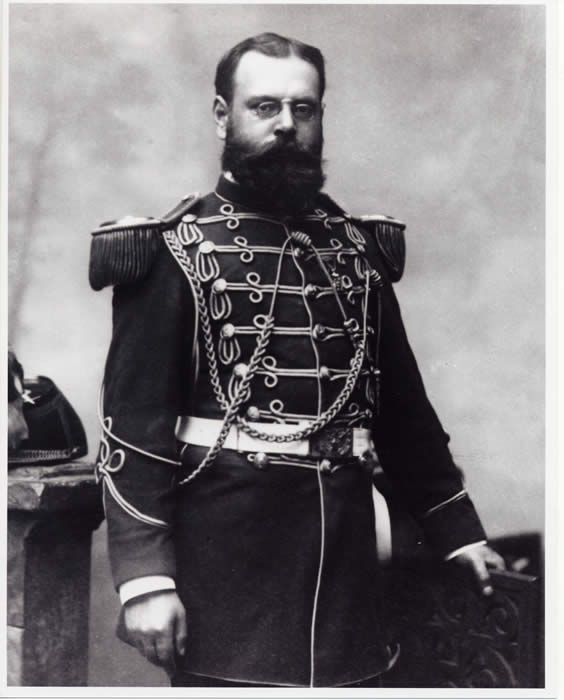The Early 20th Century music period was that of great change. Music in the Romantic Period was very serious and as time changed, it became less serious. Romantic music appealed to the general audiences while the Early 20th Century music was composed to appel to cartoons, movies, and a more comical side of life. Also, new advances in technology such as the radio, recording devices, and camera made it easier for more people to hear the new styles of music.
 New styles included: comteporary classic, which didn't consist of a similar theme throughout the music; folk music, consisted of themes that appealed to the nation in which it was written for; alternative rock, indepentdent from common rock music with having variations of typical rock music; blues, vocal and instrumental music that evolved from African spiritial music; country, developed in the southern US and with roots of folk and blues; and jazz, includes blue notes, syncopation, swing, call and response, polyrhythms, and improvisation. These types of music deverged from the seriousness of Classical music into a new age of musical entertainment for all people.
New styles included: comteporary classic, which didn't consist of a similar theme throughout the music; folk music, consisted of themes that appealed to the nation in which it was written for; alternative rock, indepentdent from common rock music with having variations of typical rock music; blues, vocal and instrumental music that evolved from African spiritial music; country, developed in the southern US and with roots of folk and blues; and jazz, includes blue notes, syncopation, swing, call and response, polyrhythms, and improvisation. These types of music deverged from the seriousness of Classical music into a new age of musical entertainment for all people.A new style in particular became popular before the Romantic Period ended, but continued throughtout the Early 20th Century.
 His name is John Philip Sousa. This new style of music was called a march. A march is typically written in cut time starting with one key and then chaning over to a trio with a different, subdominant, key towards the middle of the march. One composer in particular is called the "March King." Born in 1854 in Washington DC, Sousa dedicated his life to composing marches. His first marches were to appeal to dancing and concert band settings. Then his marches moved towards being used in the military and for marching band. His marches are still very popluar and were the beginning of the change of appeal to music styles going into the 20th Century.
His name is John Philip Sousa. This new style of music was called a march. A march is typically written in cut time starting with one key and then chaning over to a trio with a different, subdominant, key towards the middle of the march. One composer in particular is called the "March King." Born in 1854 in Washington DC, Sousa dedicated his life to composing marches. His first marches were to appeal to dancing and concert band settings. Then his marches moved towards being used in the military and for marching band. His marches are still very popluar and were the beginning of the change of appeal to music styles going into the 20th Century.Besides new styles of music, new theory methods were invented. Things such as a tone row were new advances in theory. The theory is that a piece is composed where all 12 notes, octave to octave, all have equal importance. This same theory related to the compostition method of serialism. The creator of these theories, Arnold Schoenberg, believed in composing a piece of music based on numerical patterns. This method could be used in different ways such as using a random set of numbers and taking those numbers and corrilating them with the 12 notes of the tone row. With single digits directly corrisponding with the tone row, double or triple digits would be used to create chords.
 Another theory that developed in the Early 20th Century was poloytonality. Poloytonality was a new theory that was used to compose music with using more than one key and time signatures throughout the whole piece. Pieces would be composed having one line with one key signature and time signature and the others having something totally different. This created a unique kind of sound that was similar to many marching bands playing different music at the same time.
Another theory that developed in the Early 20th Century was poloytonality. Poloytonality was a new theory that was used to compose music with using more than one key and time signatures throughout the whole piece. Pieces would be composed having one line with one key signature and time signature and the others having something totally different. This created a unique kind of sound that was similar to many marching bands playing different music at the same time.Overall, the music in the Early 20th Century set the foundation for the appeal of music that we see today. It changed from being formal and serious, to entertaining and fun.



Once again, another terrific post! You have shown a great deal of proficiency in this medium and have grown in your skill with it throughout the year!
ReplyDelete110 points on this one!